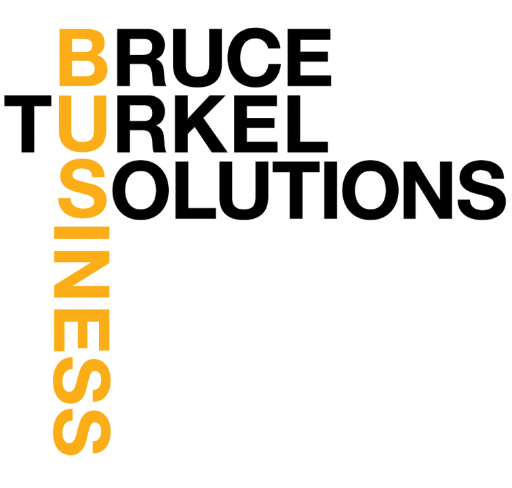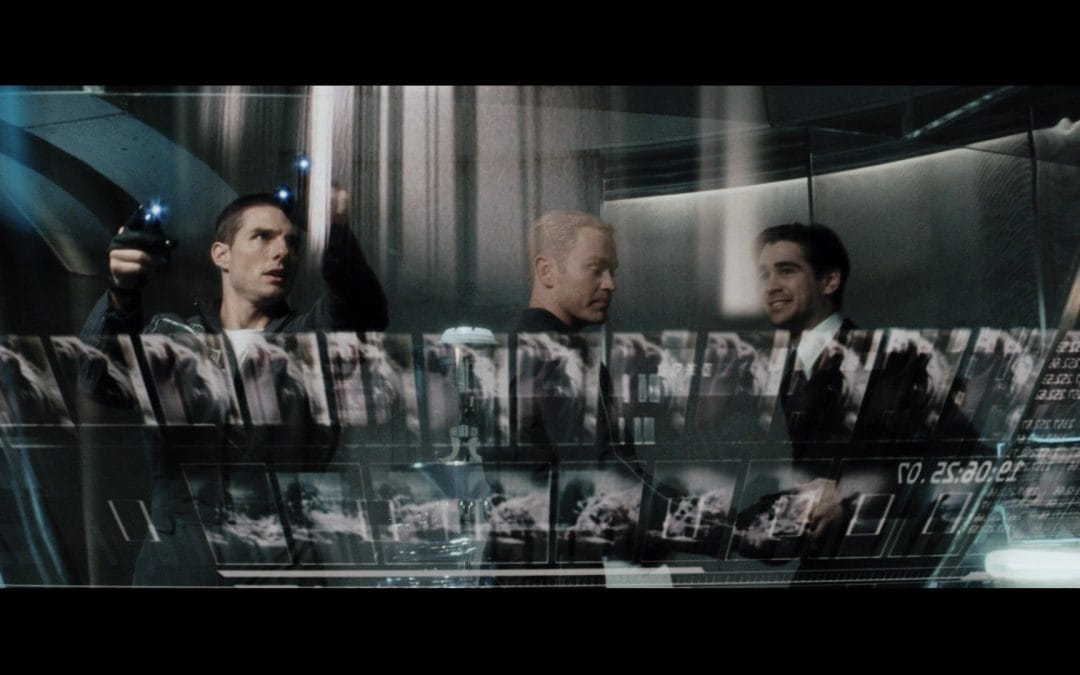The Minority Report of Advertising:
How AI Is Transforming Out-of-Home Media
The Future of Advertising Is AI-Driven
Click HERE to watch:
My brother sent me an article about AI’s growing role in media and advertising. One section focused on out-of-home advertising, which immediately reminded me of that scene from Minority Report.
You know the one.
Tom Cruise moves through a world where the billboards know his name and tailor their messages as he passes them. When I first saw the film, I thought it was a bit much. Now, it feels like a prescient prototype.
Read the CES article
Watch the scene
AI Personalization Is Redefining the Game
The article outlines how artificial intelligence is reshaping the media landscape in ways we didn’t see coming. AI now delivers personalized messaging at scale, drawing from massive datasets that anticipate behavior and context. In advertising terms, this moves us beyond basic demographics and into rich psychographics. Thanks to this upgrade, we no longer sort people by income or zip code. Instead, we can see predictions based on desires they have not yet expressed.
This brings Steve Jobs’ famous quote, “It’s not my customers’ business to know what they want next,” into real-time focus.
Out-of-Home Advertising Comes Alive
Out-of-home media, once dismissed as background noise, is evolving into something more reactive and alive. Digital billboards now shift messaging based on time of day, weather, and the flow of traffic. In some cases, they even respond to the makeup of the crowd nearby. Think Minority Report without the eye scans. In this case, AI works from anonymized data to create messages that meet the moment.
What This Means for Brands
Hyper-Personalization Without the Guesswork
For brands, this kind of specificity is enticingly powerful. A billboard no longer needs to offer a generic SUV pitch. It can speak to individuals.
The Privacy Question
There’s a line here, and it’s not hard to cross. People understand their data gets used, but they expect value in return. They also expect transparency. When AI gets it right, it builds relevance and trust. When it stumbles, it can feel invasive. The difference lies in accuracy and the respect it can provide or disable.
Why Humanity Still Matters. The Power of Storytelling.
AI might deliver scale and efficiency, but it doesn’t yet understand human connection. The best campaigns are still anchored in storytelling, strong visuals, and messages that resonate across cultures and contexts. These don’t come from code. They come from people.
The Three Cs Still Apply
- Clarity.
- Consistency.
- Commitment.
These are still the pillars of successful branding. Used properly, AI can support them. It can amplify them. But it won’t originate them. That responsibility falls to us; the strategists, designers, and marketers who understand what a brand stands for.
Where Do We Go From Here
We live in a remarkable moment. The tools are sharper than they’ve ever been. The possibilities are even more expansive. What matters now is how we use them. With care. With insight. With purpose.
Nobody’s looking for a world where the ads feel like surveillance. But we might welcome one where the message feels like it matters. To us.
Curious about how to incorporate what’s going on into your business? I speak at conferences around the world on how to turn emerging technology into meaningful engagement. Let’s explore what clarity and creativity can do for your brand.
You can learn more at www.bruceturkel.com


Nicely said and so very true! I like to think of AI as a power saw – it makes the job easier than using a hand saw, but I still have to make decisions about where I am cutting the board, why I am cutting it and how it is going to fit into my creation. Final thought – you should never dismiss the pleasure of cutting a board by hand, something AI could never do.